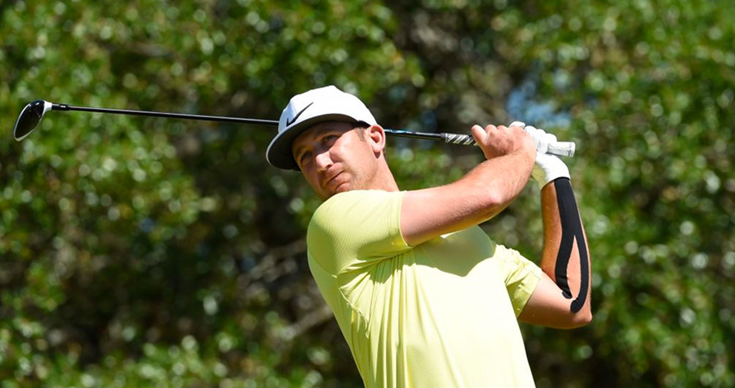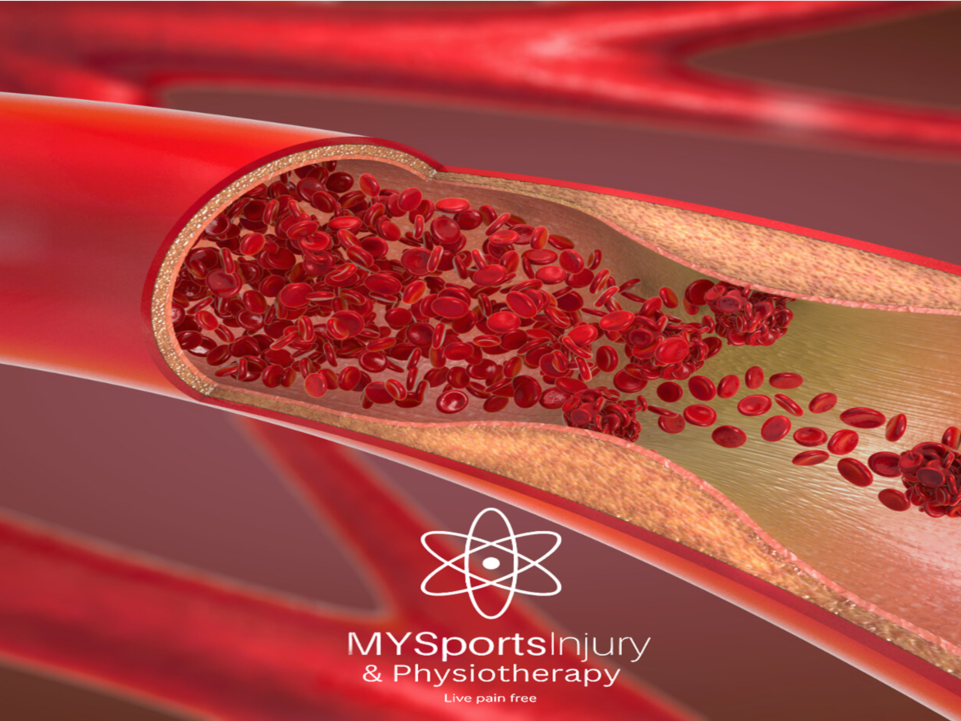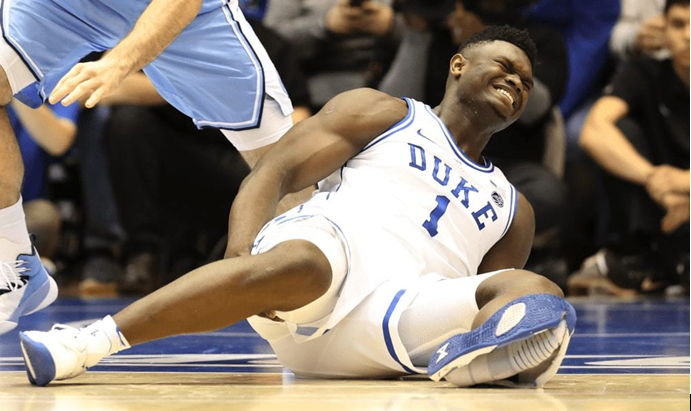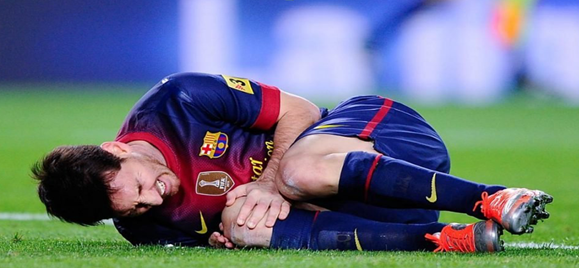What is a rounded shoulder?
The rounded shoulders posture is one of the most common dysfunctions in this modern day technology driven life , this posture can be the consequence of an increase in the curves of the dorsal spine and protraction of the muscles of the deltoid muscles in the shoulders. To correct this rounded shoulder posture, which in the long term can cause injuries at different levels (shoulders, cervical, and back); there are specific methods according to sports physiotherapy protocols, the stretching of these retracted muscles and different rounded shoulder exercises to gain mobility in our spine. MY Sports Injury Clinic’s outlines the guidelines to correct rounded shoulders and prevent the hunched over back which is important to return to a healthy posture during your everyday lifestyle. “The incidence of rounded shoulder posture (RSP) and forward head posture (FHP) within a group of healthy individuals comprises an average age of 20 to 50 years. It was found that 66% of them suffered from forward head posture (FHP), on the other hand, 77% of them experienced right rounded shoulder and a figure up to 66% experienced left rounded shoulder” Stats stated out by Dalia Mohammed Mosaad et la (2020).
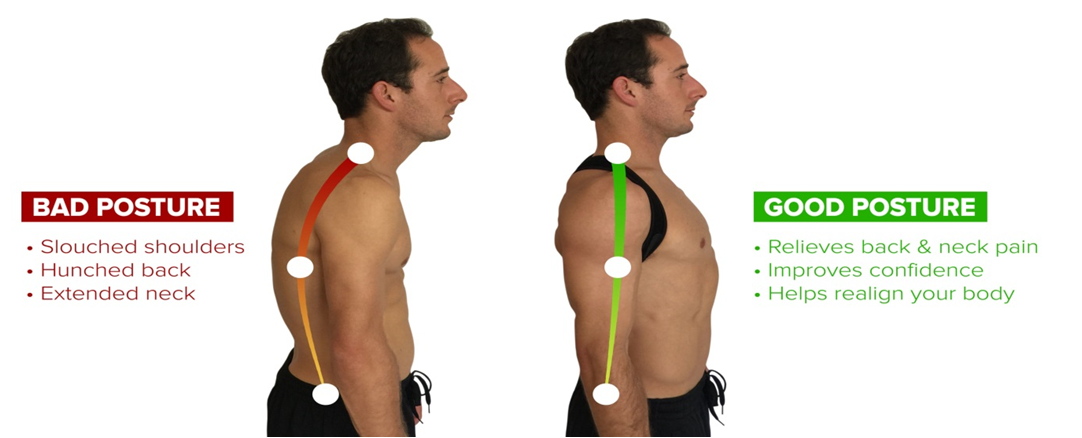
In addition to the rounded shoulders, there is also the upper crossed syndrome.
Do you know what the upper crossed syndrome consists of?
The upper crossed syndrome refers to the imbalance that occurs in the muscle groups of the upper part of the trunk. It is a postural alteration in which a group of muscles is shortened and hypertonic while their antagonists are weakened. This results in a posture in which the shoulders are elevated and anterior and the head in a forward position.
“It has been indicated that an average rate of 28% amid laundry workers have experienced upper crossed syndrome this is due to abnormal posture for long periods, the trigger symptom was neck pain for this and many other reasons it is imperative to have a postural awareness”. Junaid Chandsaheb Mujawar and Javid Hussain Sagar (2019).
This posture already described due to upper crossed syndrome influences the adjacent joints, being the craniocervical joint the most predisposed to injury due to the forward position of the head, which can cause neck pain, dizziness.
“The recurrence of upper crossed syndrome amongst university medical students accounted for 37.1%” Iqra Mubeen et la (2016).
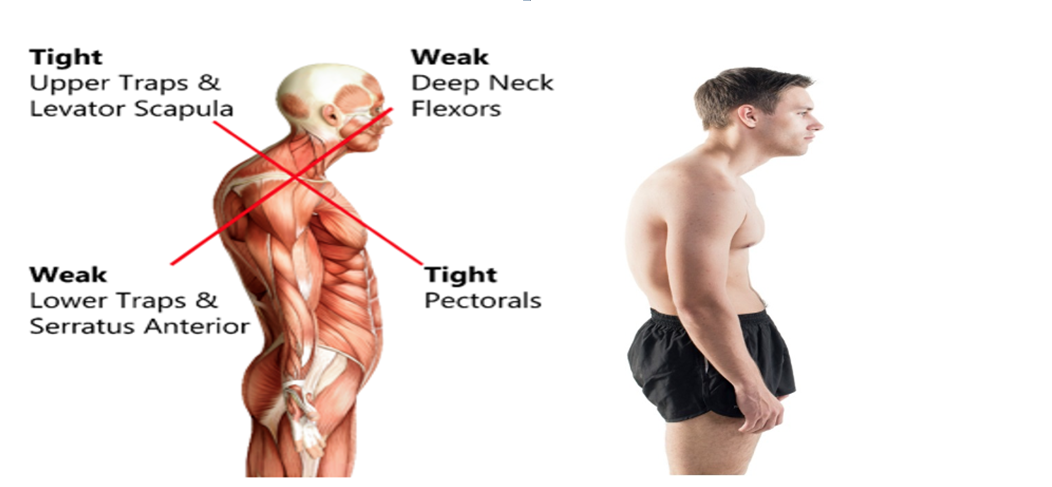
The next joint is glenohumeral, which, due to the position of the shoulders already described, causes injuries to the rotator cuff of the shoulder and bursitis.
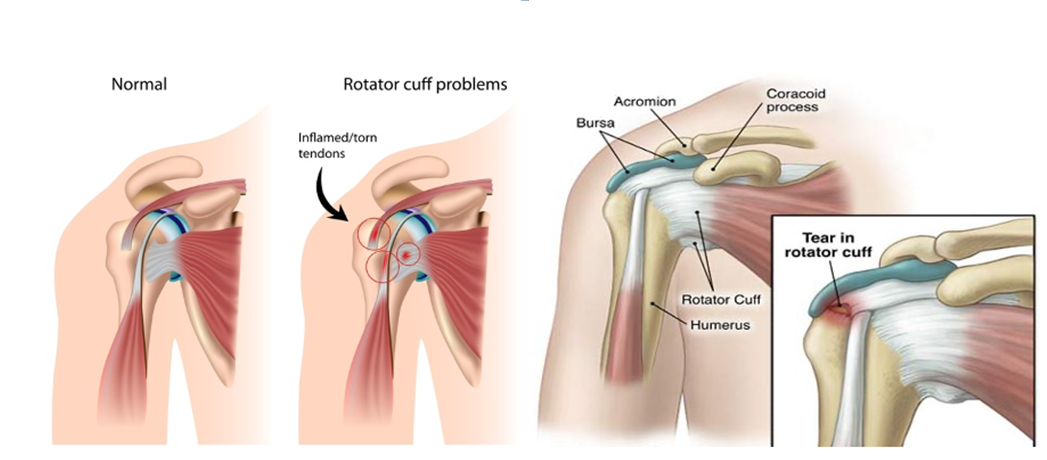
This postural alteration also affects the dorsal spine producing blocked areas of movement, so the last cervical vertebrae have an excess of movement to compensate, having a high risk of generating herniated discs at that level. “A study related to the prevalence of upper crossed syndrome amongst IT professionals has stated that 38,3% of the upper crossed syndrome subjects displayed having a positive pectoralis major contracture test and 41,7% of them featured a positive trapezius weakness test”. Jyothi Seshan et la (2020).
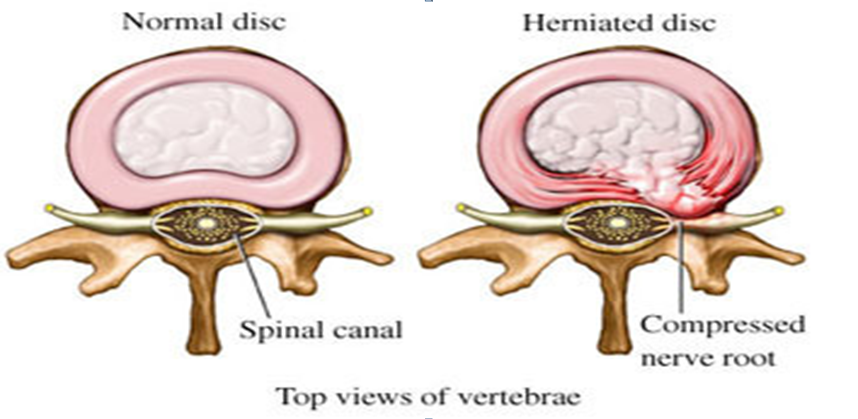
Whatever your case, whether it is rounded shoulders or superior crossed syndrome, it is essential that you put your case in the hands of the experts, since only they will be able to diagnose and provide you with the best treatment to correct any problem and treat it effectively. It can be a physical therapist/ sports physio Manchester.
The specialised cares necessary to address and treat this type of alterations are provided in our sports rehabilitation centre located in the city of Manchester where you will be cared for by our health professionals/physiotherapy specialists where you can receive physiotherapeutic treatments such as; acupuncture, deep tissue massage, sports massage, manual therapy, and any other that is necessary to restore your quality of life.
“Investigation results have shown that a combined treatment incorporating manual therapy and stabilising exercises reported better results than stabilising exercises alone. Sports physiotherapy management is highly recommended and beneficial in rounded shoulders syndrome, upper crossed syndrome, and the management of chronic neck pain. It enhances any postural alteration and the upper limb function.” Malihe Hadadnezhad et la (2019).
Resuming the postural alteration known as rounded shoulders you might wonder what inflicts it.
Does the rounded shoulders syndrome affect my body posture only?
There are different rounded shoulders causes one of them is emotional nature that can cause us to tend to a certain posture. This postural alteration is one of the main causes of back pain, as it is closely linked to body posture and the discomfort it can cause if it is not correct.
“Research outcomes indicated that there is a close interaction amongst forward head position, rounded shoulder syndrome, neck pain, and impairment. Besides, proper posture habits and posture training exercises which must be indicated by sports physiotherapy practitioners are recommended to prevent postural deformities, postural pain syndrome, and dysfunction.” Issued by Eun-Kyung Kim et la (2016).
Otherwise, sometimes it also influences the psychological health of the patient, reducing their self-esteem and motivating the onset of depression.
“Broadly, research outcomes showed that sports physiotherapy treatments and manual therapy incorporating joint movements’ maneuvers are more feasible and effective than just soft tissue techniques because bring out positive results in diminishing the patients’ anxiety and depression levels.” Gemma Espí et la (2016).
Under this premise, what aspects are behind the rounded shoulders syndrome?
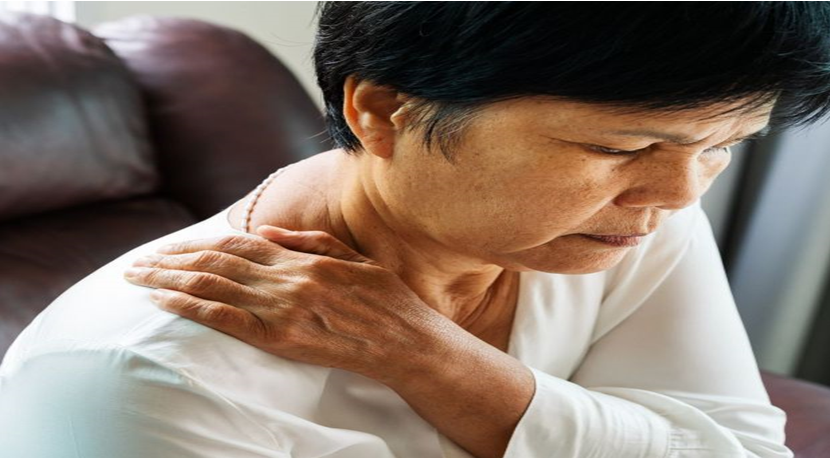
What causes rounded shoulders?
According to experts in this area such as sports physiotherapists, rounded shoulders syndrome is a direct consequence of a sedentary lifestyle and the excessive and continued use of electronic devices that force or push you to adopt an inappropriate posture. Walking while looking at the mobile phone or working every day in front of a computer are two of the actions that cause this problem. What should you do to solve this problem?
How to correct rounded shoulders through physiotherapy exercises, self-massage, and stretching.
First of all, you have to try to maintain an upright posture both at rest and in movement, that is, place your shoulders perpendicular to the waist.
“Rounded Shoulders physiotherapy exercises have proven to be beneficial to lengthen and strengthen the pectoralis minor, and also rounded shoulders sports physiotherapy exercises routine makes possible the activation of the lower and middle trapezius and serratus anterior which it’s vital to improve the body posture and fix the postural alteration induced by rounded shoulders condition”. Kiana Fathollahnejad et la (2019).
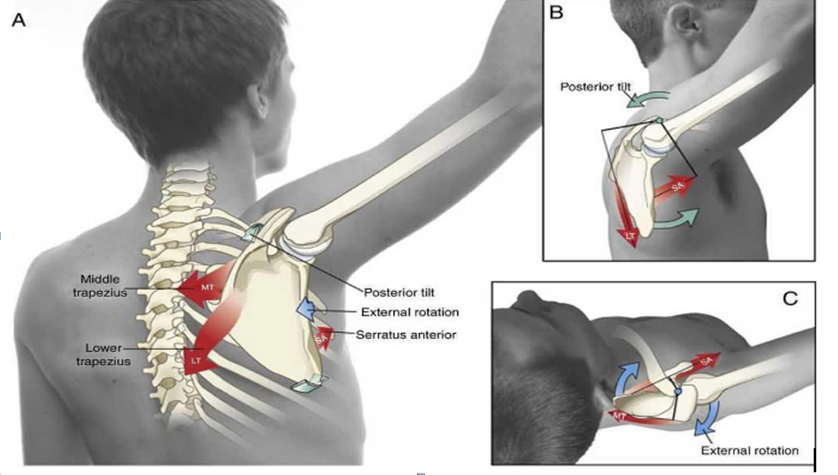
On the other hand, although the ideal is to go to physiotherapy counseling to advise you on the most appropriate treatment and to help you carry it out, some very simple rounded shoulders exercises can support this procedure. Which are?
- The first is to bring your shoulders back and then try to get your shoulder blades as close as possible. Once this posture is achieved, you must hold it for about a minute, and repeat it several times.
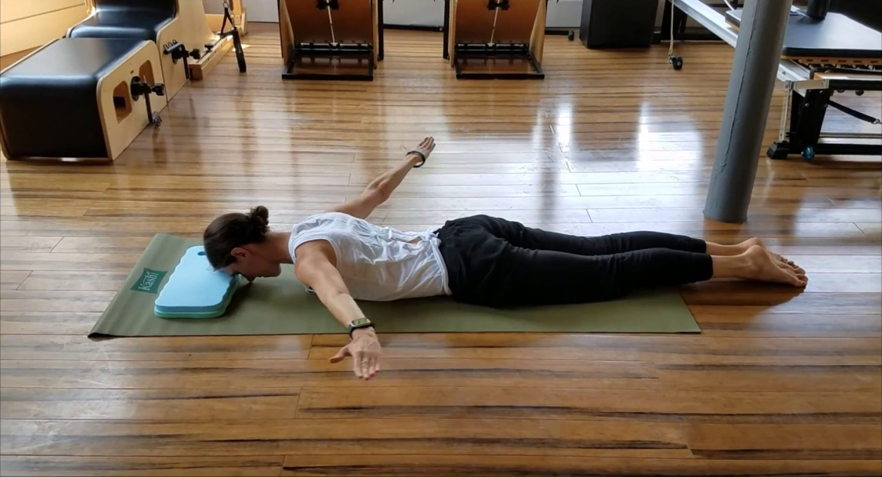
- You can also lie down on a mat and, on your back, bring one of your knees close to your chest. Stay like this for a few seconds and switch legs.
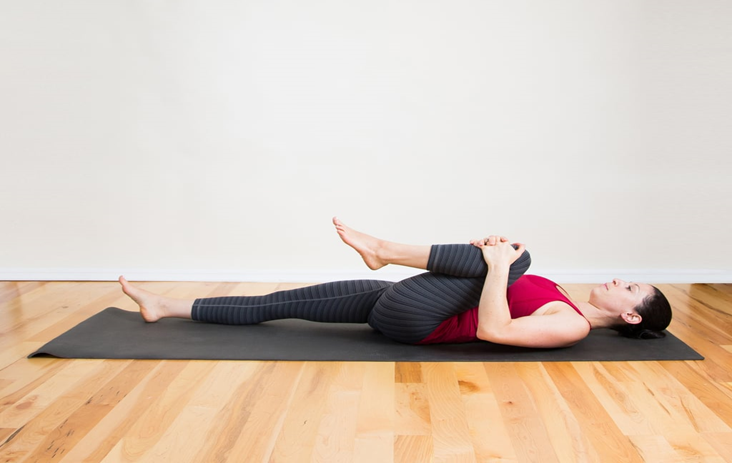
- Keep lying on the floor, but this time you should stretch your arms over your head. Then lift one arm and the opposite leg at the same time and alternate. With 3 or 4 sets of ten repetitions, it will be enough.
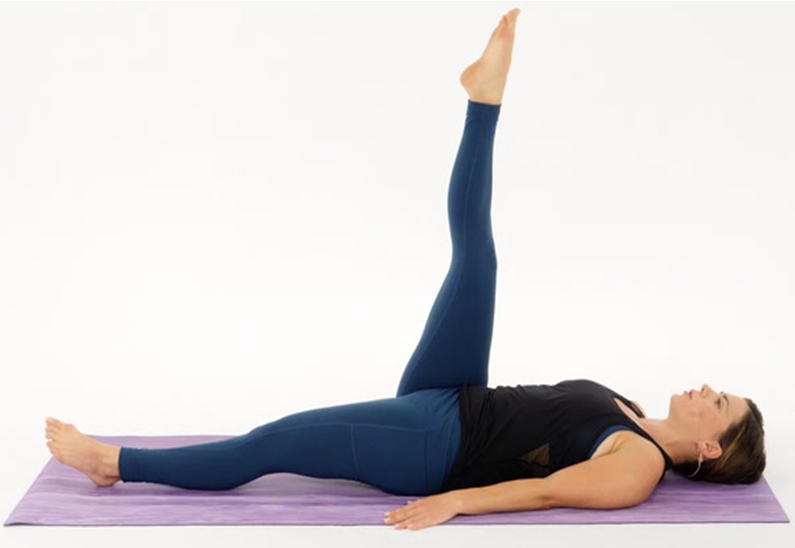
- Another very interesting exercise is to place a tennis ball between your lats and try to hold it while leaning your back against the back of a chair. You must remain in this position for half a minute and repeat it six or seven times.
How to correct upper crossed syndrome through sports physiotherapy management.
- Dorsal extension.
It is a physiotherapy exercise to make the dorsal area more flexible in extension. With a point of support in the chosen area of the dorsal area, perform flexion-extension movements slowly and smoothly. Hold until you notice relaxation of the tissues.
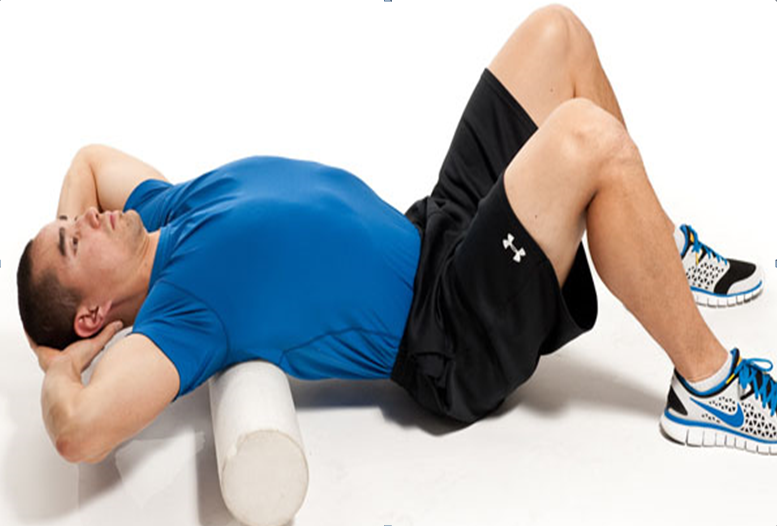
- Dorsal extension and opening of the anterior chain.
Gently work the extension with a semi-inflated ball or foam rolling, place your hands on the cervicals. Once the area is relaxed, rest your head back and bring your arms progressively back. Maintain the position and stretch of the anterior chain.
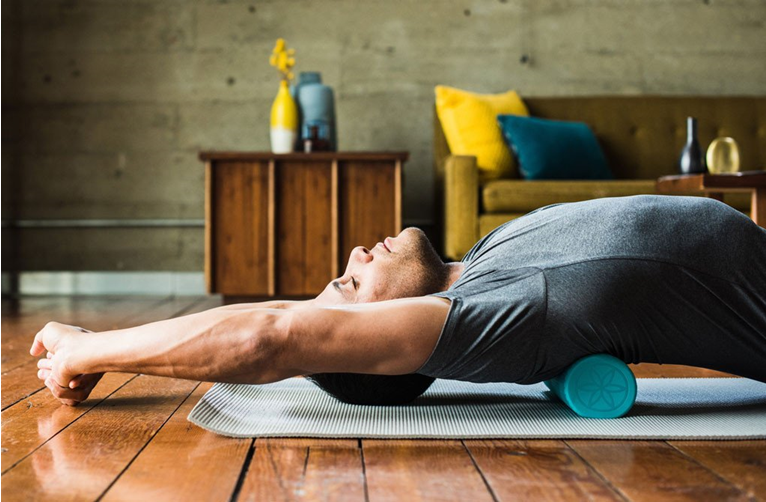
- Posterior musculature toning.
With the back straight and the cervicals maintaining a corrected position towards the double chin, perform these two exercises with an elastic band.
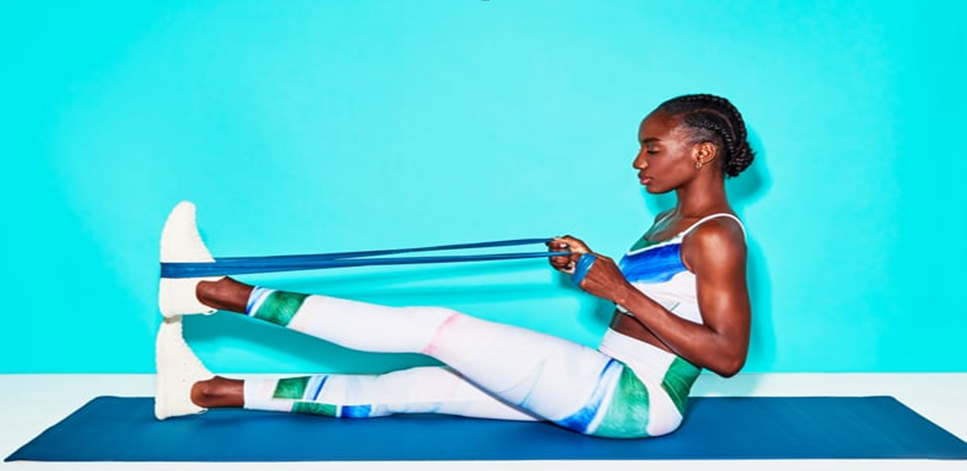
- Protraction-retraction
The elbows are kept extended and the movement that we must carry out is as if the scapulae were together towards the midline (hold the contraction for a few seconds (8-10) and relax.
- Low row.
This time we flex the elbows and do a shoulder extension. Hold back position (8-10 sec). The elbow goes beyond the position of the body backward. Perform 10-15 repetitions 2-3 sets.
REFERENCES
- Iqra Mubeen et al, Prevalence of upper cross syndrome among the medical students ofuniversity of Lahore. International Journal of physiotherapy, June, 2016; 3(3): 381-384.
- Vijay mohan et al, Prevalence of complaints of arm, neck, and shoulders among computer professionals in Bangalore: A cross- sectional study. Journal of family medicine and primary care, October 1, 2019.
- Muscolino, J. Upper crossed syndrome. Journal of the Australian Traditional-Medicine Society.2015; 21(2),80-85.
- Mujawar JC, Sagar JH. Prevalence of Upper Cross Syndrome in Laundry Workers. Indian J Occup Environ Med. 2019;23(1):54-56. doi:10.4103/ijoem.IJOEM_169_18.
- Kim EK, Kim JS. Correlation between rounded shoulder posture, neck disability indices, and degree of forward head posture. J Phys Ther Sci. 2016;28(10):2929-2932. doi:10.1589/jpts.28.2929.
- Espí, Gemma & López-Bueno, Laura & herrero, maria teofila & Martinez-Arnau, Francisco & Monzani, Lucas. (2016). Efficacy of manual therapy on anxiety and depression in patients with tension-type headache. A randomized controlled clinical trial. International Journal of Osteopathic Medicine. 22. 11-20. 10.1016/j.ijosm.2016.05.003.
- Fathollahnejad K, Letafatkar A, Hadadnezhad M. The effect of manual therapy and stabilizing exercises on forward head and rounded shoulder postures: a six-week intervention with a one-month follow-up study. BMC Musculoskelet Disord. 2019;20(1):86. Published 2019 Feb 18. doi:10.1186/s12891-019-2438-y.
- Gupta BD, Aggarwal S, Gupta B, Gupta M, Gupta N. Effect of deep cervical flexor training vs. conventional isometric training on forward head posture, pain, neck disability index in dentists suffering from chronic neck pain. J Clin Diagn Res. 2013;7:2261–2264.
- Fredin K, Loras H. Manual therapy, exercise therapy or combined treatment in the management of adult neck pain-a systematic review and meta-analysis. Musculoskelet Sci Pract. 2017;31:62–71. doi: 10.1016/j.msksp.2017.07.005.
